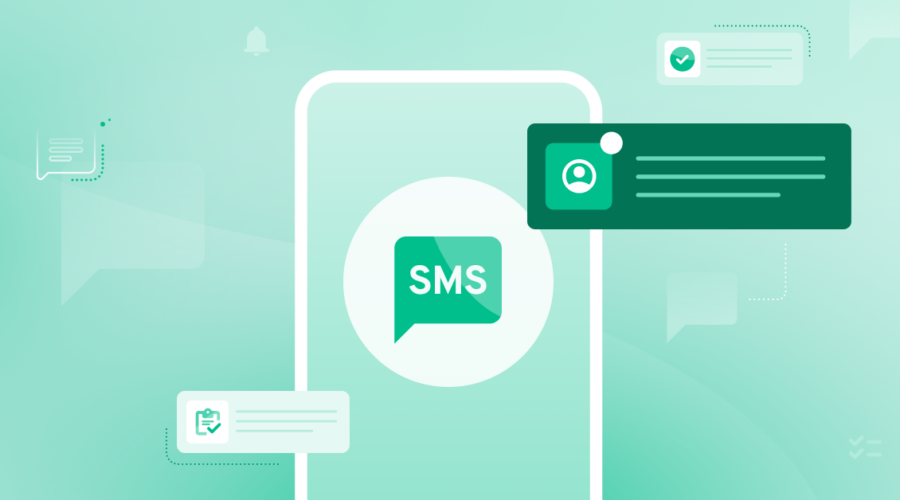Blog
Messaging
Short codes
What’s a short code?
Short codes are abbreviated phone numbers, typically five to six digits, that businesses use to send and receive SMS and MMS text messages.
The OG of text channels, short codes are available in the US and Canada. Short codes are designed for high-throughput messaging, and can be used for a plethora of business cases: marketing campaigns, customer service, interactive mobile experiences, and more.
| Feature | Short Codes |
|---|---|
| Geographic availability | Globally with country-specific codes |
| Voice Capable? | No |
| SMS 2-Way? | Yes |
| Multimedia Capable> | Yes |
| Expected Time to Market | 8 Weeks |
| Cost | $$$ |
Benefits & downsides of short codes
| PROS | CONS |
|---|---|
| Most reliable delivery rates | Longest time to market |
| Typically offers the highest messaging throughput rates | Higher startup cost than 10DLC or toll-free |
| Sometimes considered the Cadillac of texting | Not voice-enabled |
| Easy to remember for branding |
List of common short codes
Whether you realize it or not, short codes are already a part of your daily life! Common short codes include:
- 911: Emergency services
- 999: Emergency services (in some areas)
- 211-211: Crisis and emergency counseling
- 311: Non-emergency government services
- 211: Community information
- 411: Directory assistance
- 511: Traffic/transportation information
- 611: Customer service for wireless carriers
- 711: Telecommunications Relay Service for deaf and hard of hearing folks
- 811: Call before you dig services
- 888-111: American Red Cross
- 877-877: Stop to end unwanted messages or SPAM
- 21523: American Idol voting
- 888888: Political messaging and advocacy groups
- 12345: Emergency alerts and notifications from the local government
- 246246: Weather alerts and notifications
How businesses use short codes
Short codes can serve different purposes depending on the industry and business needs.
- Marketing and promotions: Short codes are used by brands for campaigns, provide exclusive offers, casting votes, and build brand loyalty with opted-in customers.
- Authentication: Use short codes for two-factor authentication, resetting passwords, and one-time codes.
- Alerts and updates: Organizations often use short codes for real-time notifications and time-sensitive updates, because of their higher deliverability rates.
- Customer Service: Short codes offer customers a quick, convenient way to reach you for support, inquiries, and issue resolution.
Learn more about short codes
Keep learning!




